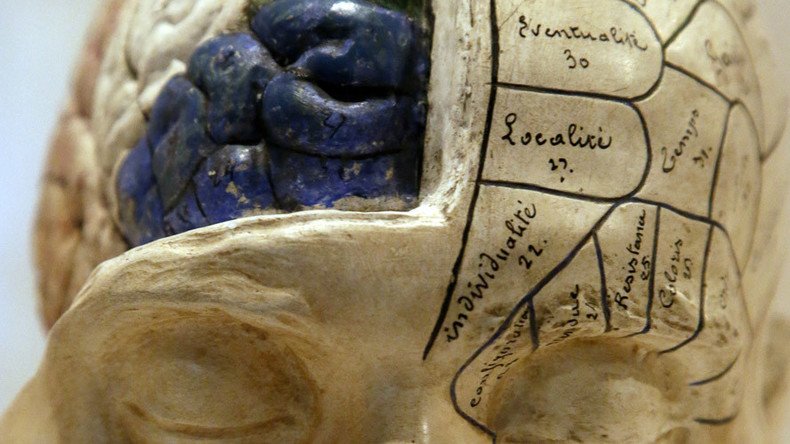When technology makes it possible, our brains will be ready to be teleported across space – study

Teleportation may stay in the realm of science fiction for the foreseeable future, but scientists say that our brains already react favorably to instantaneously being transported across space.
In a study published in the journal Neuron on Thursday, neuroscientists from the University of California, Davis studied how the brain would react if it were to be “beamed up” from one place to another using a virtual simulation.
When volunteers entered a virtual teleportation device ‒ similar to the ones made famous in the Star Trek franchise ‒ researchers found that that their brains gave off certain “rhythmic oscillations” of electric signals like the ones that a rat brain creates when the animal navigates a maze.
Arne Ekstrom, associate professor at the UC Davis' Centre for Neuroscience, conducted the study to learn more about how people memorizes routes and learn to find our way around.
“There is this rhythmic firing in the brain during navigation and while remembering things, but we don’t know if it is triggered by sensory input or by the learning process,” Ekstrom said in a statement.
Ekstrom’s team was able to solve this problem by working with three patients diagnosed with a severe form of epilepsy. They already had electrodes implanted on their brains to find out where exactly the seizure activity occurs in their brains and identify possible treatments.
The team took advantage of this by asking the patients to navigate through a street simulation on a computer screen. At some points, they were able to enter a virtual store with a teleporter inside, which took them to a different location on the map that they had already visited.
“Critically, teleportation allowed patients to experience movement to a known location in space in the absence of any sensory feedback because they remained seated on a hospital bed and viewed a black screen during this time,” the research team wrote.
The brain’s oscillations weren’t interrupted, but the rhythm changed depending on how far the virtual teleportation took the participants. This led to the team concluding that the brain’s oscillations are controlled by memory and learning processes.
“The frequency-wise pattern of oscillation prevalence during teleportation contained spatial information capable of classifying the distance teleported,” the researchers wrote.
While one of the three patients in the study demonstrated the same results, the study should not necessarily be taken as conclusive. The three of them share the same severe neurological condition, meaning that they are not a representative sample of the population.













